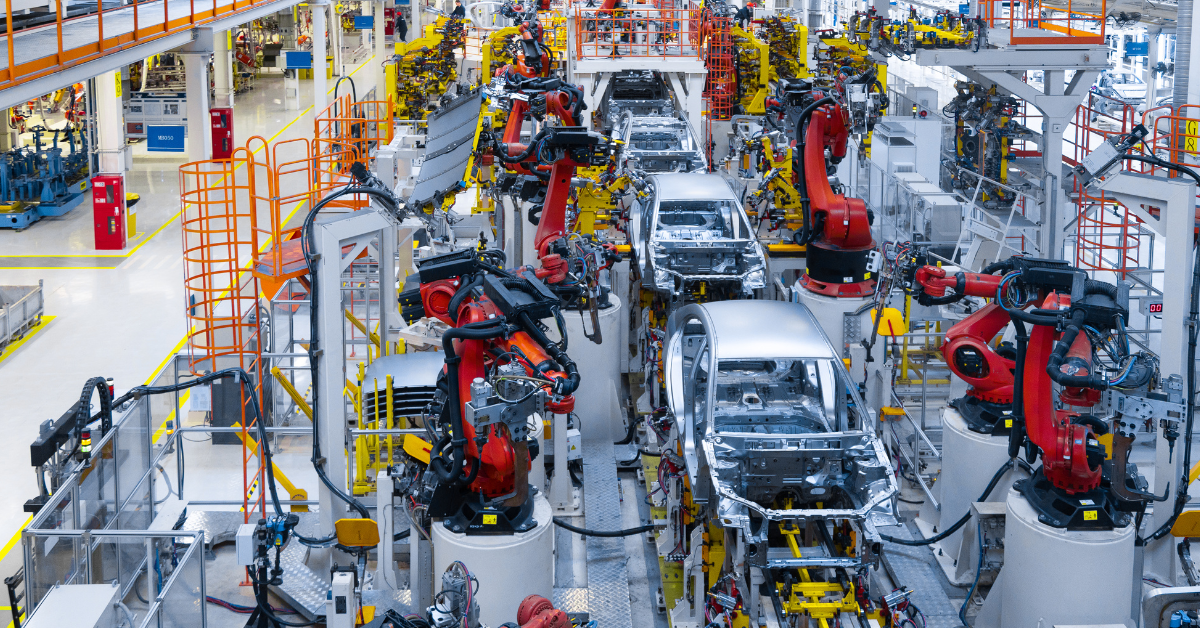Canada’s effort to build economic independence is revealing growing regional divides as provinces take different paths on energy, trade, and sovereignty. What began as a shared goal of strengthening the country’s self-reliance is now testing its unity, showing how economic ambition can pull regions together, or further apart.
The federal government’s plan to build energy and economic independence reflects what engaged women across the country say they want: more opportunity, more capital investment, simplified regulation and greater self-reliance. Yet provinces hold different views on where to focus and what stands in the way.
Ontario is centred on manufacturing strength (automobiles, steel, aluminum), the Prairies are focused on exports and agriculture (canola, wheat, oats), and Atlantic provinces are seeking ways to grow their energy resources while managing costs. Each is pushing for prosperity, but the path forward looks different from one region to the next, turning national projects into a test of whether Canada can act as one.
The need to balance perspectives is evident in the federal government’s EV mandate, which has implications for canola tariffs, energy policy and more. The same actions meant to build strength are exposing how connected every part of the system has become.
The recent pause on electric vehicle targets and the escalating tariff tensions with China reveal how closely energy, trade, and geo-politics are linked and how difficult it is to advance one priority without affecting another. Ottawa delayed its 2035 zero-emission vehicle mandate amid industry pressure to adjust timelines and costs due to lack of consumer demand and tariffs, while introducing a 100 per cent surtax on Chinese electric vehicles to protect Canada’s auto sector.
In response, China imposed heavy duties on Canadian canola and pork, cutting Prairie exports by as much as 76 per cent. Manitoba Premier Wab Kinew and Saskatchewan Premier Scott Moe warn these costs are being unevenly felt by their provinces, while Ontario Premier Doug Ford continues to defend the tariff to safeguard auto manufacturing jobs in his home province.
The same provincial differing of priorities is happening in Western Canada, where Alberta Premier Danielle Smith has proposed a new oil pipeline to the northwest coast of British Columbia to open access to global markets. British Columbia Premier David Eby has dismissed the idea, saying it is not a real project, lacks permits or investor backing and jeopardizes shovel-ready projects that have Indigenous support.
Out East, Newfoundland’s new premier stalled the $34-billion Churchill Falls energy agreement with Quebec (more on that here), adding to a growing list of regional disputes that underline how much collaboration still matters.
In each of these cases the provinces are protecting their own economic footing. In Ontario its auto plants, for Saskatchewan its crops, and with Alberta and Newfoundland their energy opportunities.
For engaged women, these developments underscore that Canada’s strength lies in maintaining balance between industry and environment, affordability and ambition, regional priorities and national purpose. The upcoming G7 energy and environment ministers’ meeting in Toronto on October 30, the federal budget on November 4, and the Ontario economic statement November 6, will show whether that balance can hold under rising economic and political pressure.
If government wants to know what engaged women across Canada think, we have the research that spells it out clearly. Rather than retreating into either-or thinking, engaged women told us they embrace yes-and solutions reflecting strong faith that we can work together. A clear majority (85 per cent) want to build pipelines and refining capacity, 89 per cent want to reduce our reliance on the U.S. and they want policies that positively affect prosperity.
Canada Powered by Women will be watching closely on October 30 and November 4 particularly as together these developments will signal how governments intend to navigate collaboration, competitiveness, the cost of new initiatives like defence spending and generating revenue for our nation in the months ahead.
